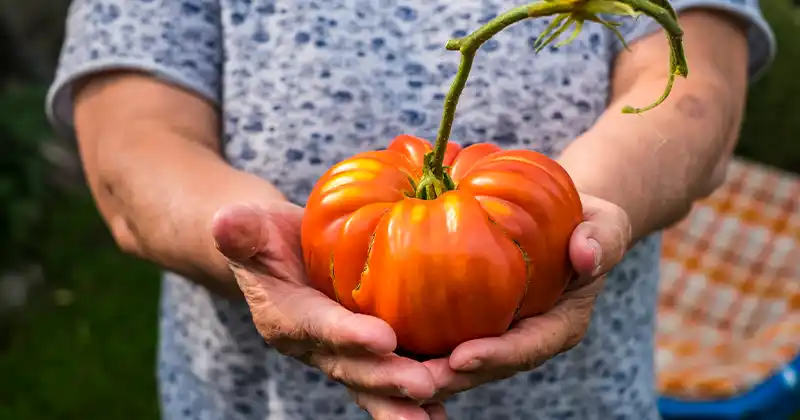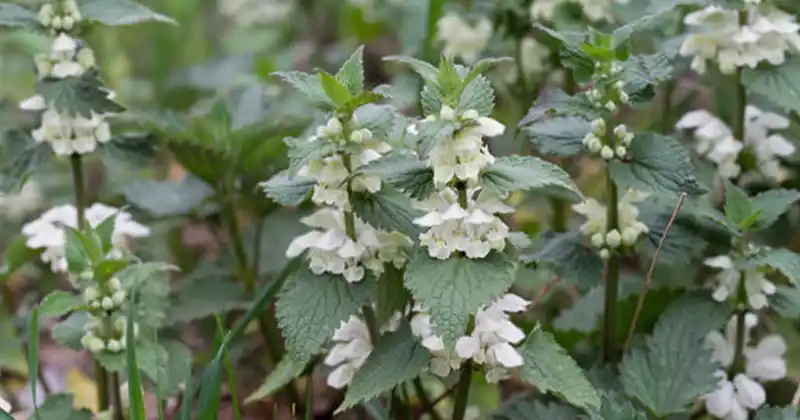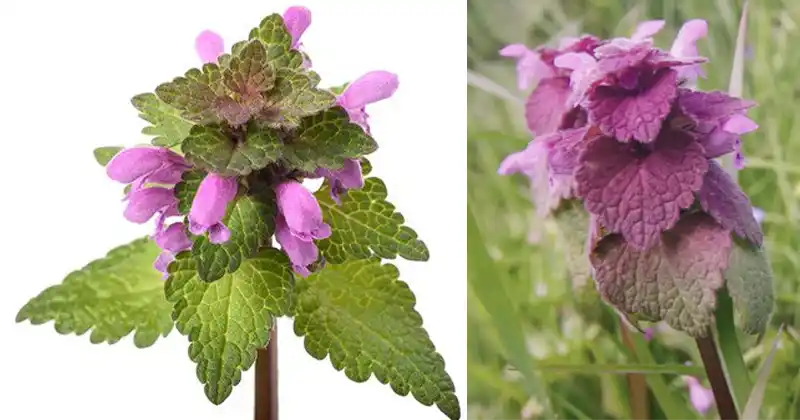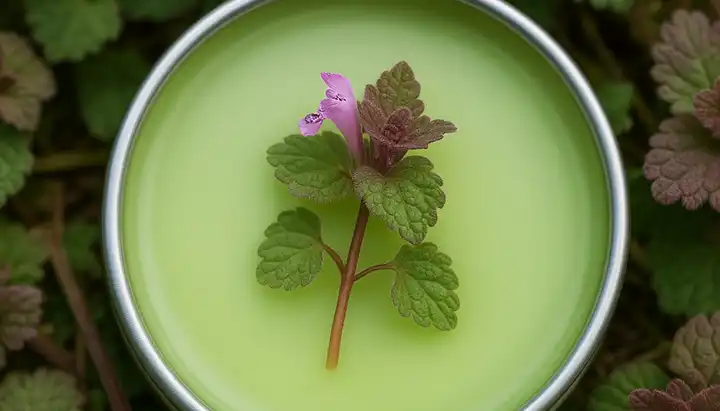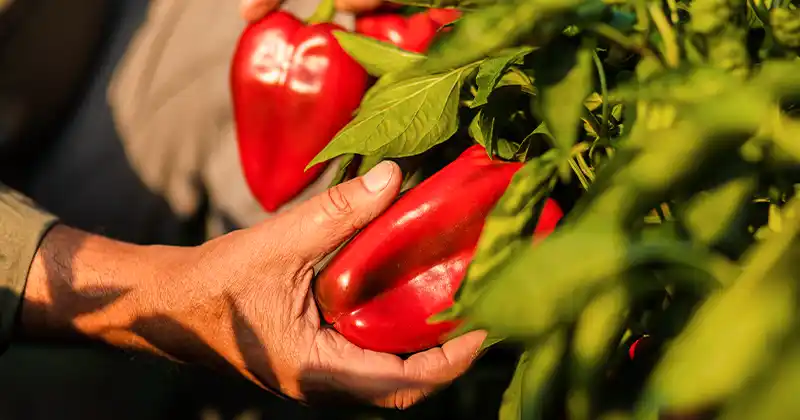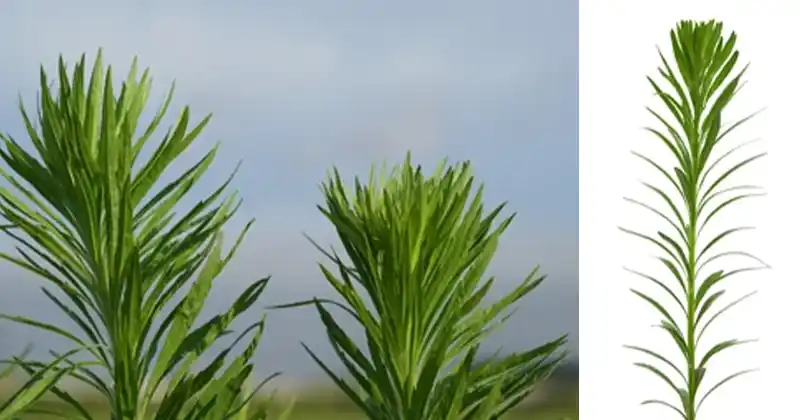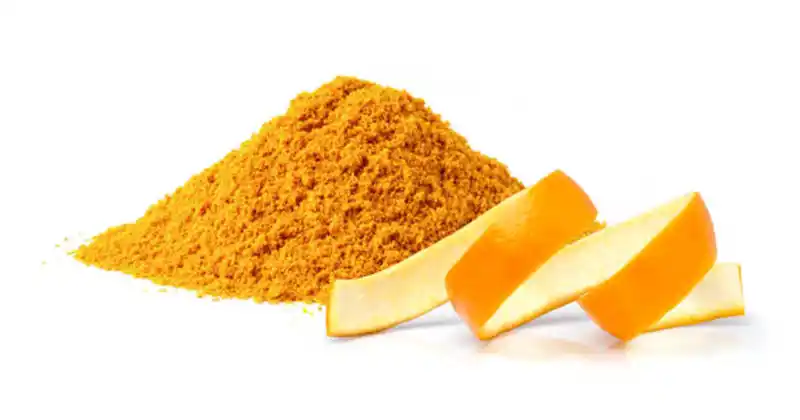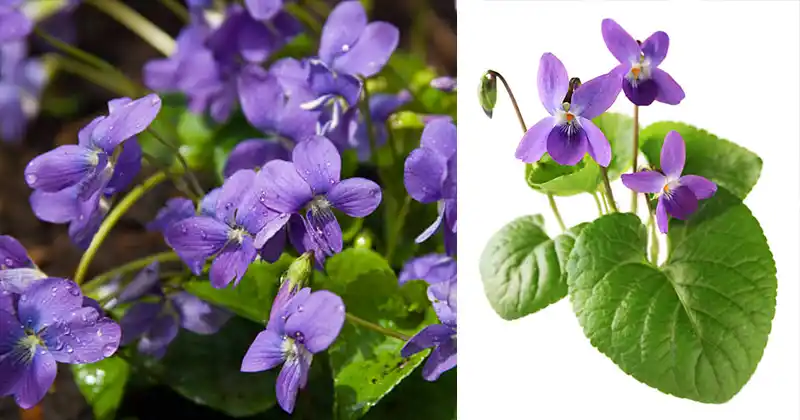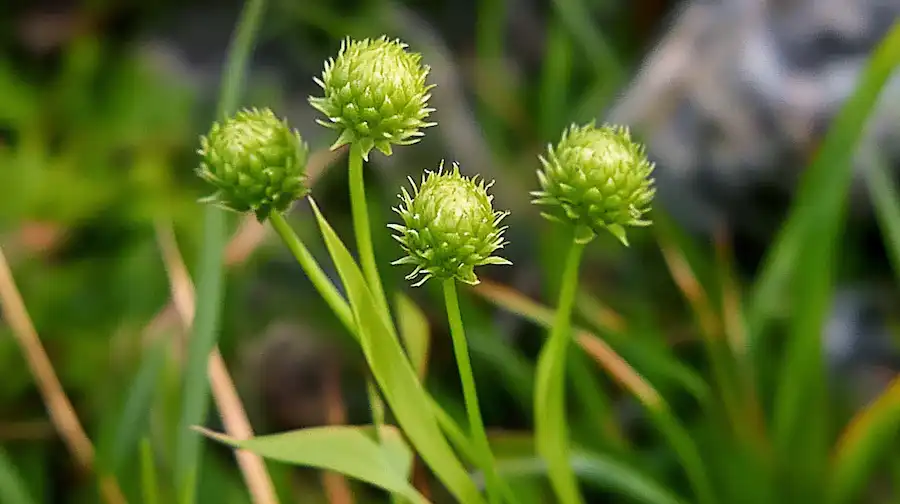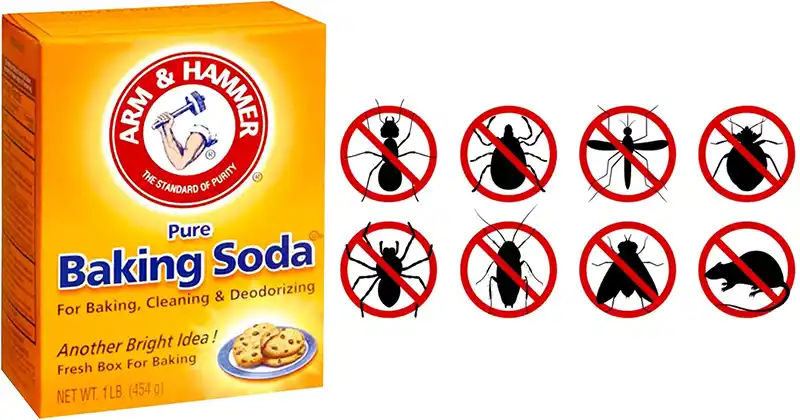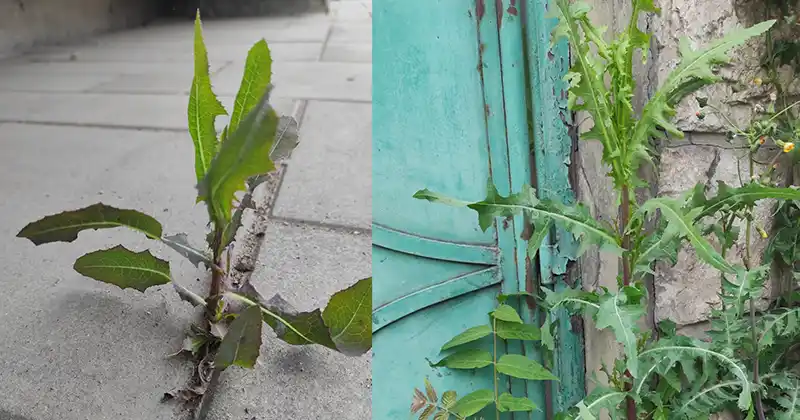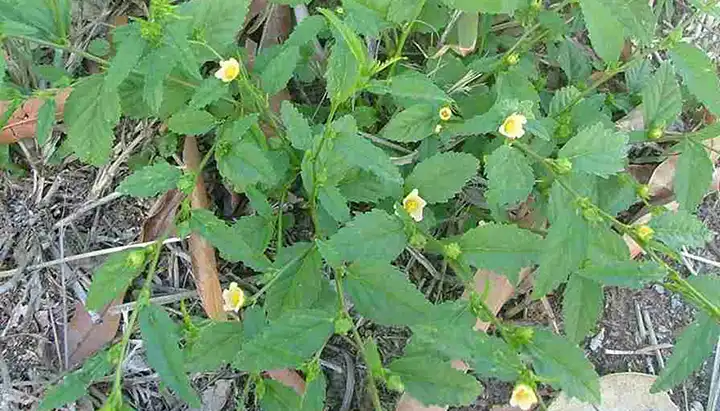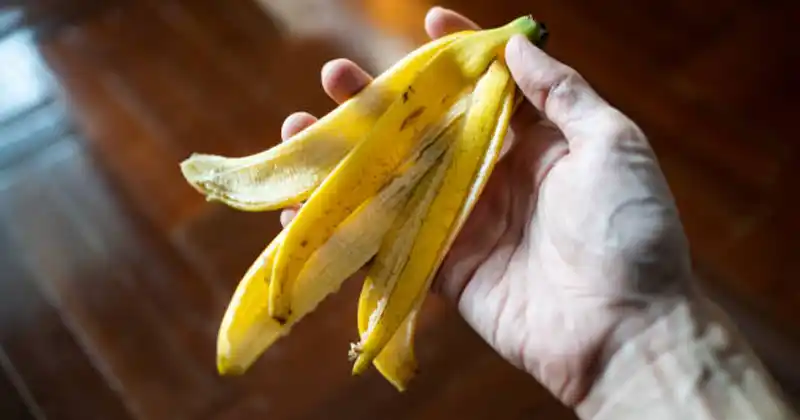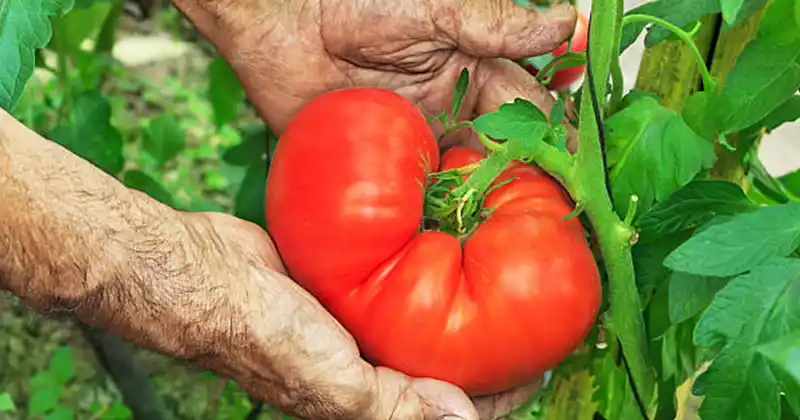Ailments in Tomato Plants and Their Remedies
Tomatoes are one of the most cherished crops for gardeners worldwide, but like any other plant, they can succumb to various ailments. Recognizing and addressing these issues promptly can ensure a bountiful and healthy harvest. Below are the common ailments tomato plants can face and how to treat them:

1. Blossom End Rot
Identification:
It manifests as a brown and leathery patch at the point where the tomatoes attach to the vine, ranging from the size of a dime to a quarter.
Treatment:
- Remove and dispose of affected tomatoes to prevent the spread.
- The rot occurs due to a calcium deficiency in fast-growing fruits. Ensure balanced soil conditions: adequate calcium, consistent moisture, and avoid excessive drought or waterlogging. Lime, composted manures, or bone meal can enhance soil calcium.
2. Blight
Identification:
There are three stages of blight:
- Early Blight: Black and grey spots on young tomato leaves.
- Southern Blight: Similar spots near the stem and roots.
- Late Blight: Extensive spotting on leaves, vines, and tomatoes.
Treatment:
- In early stages, prune the infected parts.
- For advanced blight, use anti-fungal treatments or homemade organic solutions.
3. Caterpillars
Identification:
These pests are fond of tomato plants and should be addressed immediately.
Treatment:
- Commercial treatments are available, but homemade solutions like apple cider vinegar sprays work well. Planting French Marigolds alongside tomatoes can also deter these pests.
4. Fruit Splitting
Identification:
Tomatoes split after sudden heavy rains or abrupt plant growth. While this doesn’t harm the fruit’s edibility, it affects their appearance.
Treatment:
- Maintain a consistent watering and nutrient application routine to prevent extremes. If splitting happens close to harvest, reversing it is not feasible.
5. Red Spider Mites
Identification:
Hard to detect, these mites hide beneath leaves. Cobweb-like structures on your tomato plants are a telltale sign.
Treatment:
- Store-bought treatments are available, but organic sprays such as apple cider vinegar, soap, or onion and garlic prove effective. Planting Coriander, Dill, or Chrysanthemums nearby can repel them.
6. Wilt
Identification:
This fungal infection originates in the roots, restricting the plant’s access to water and nutrients. First symptoms include yellowing and drying of lower leaves. The entire plant then wilts during the day and partially recovers at night.
Treatment:
- Currently, no known effective treatment for wilt exists. Rotate your crop by planting tomatoes in a different garden spot the following year to starve the fungus. Ensure clean soil for seedlings and diligently weed around the plants.
7. Sun Scorch
Identification:
Tomatoes appear bruised and sunken due to excessive sun exposure during particularly dry and hot periods.
Treatment:
- Refrain from pruning leaves during heatwaves, allowing them to shield the tomatoes. Shade cloths can also protect plants. While scorched tomatoes can’t recover, shading ensures unaffected ones remain safe.
In Conclusion:
Being vigilant about your tomato plants and understanding the potential ailments can result in a healthy harvest. Regularly inspecting your plants and providing them with a balanced environment will often preempt many of these issues.

